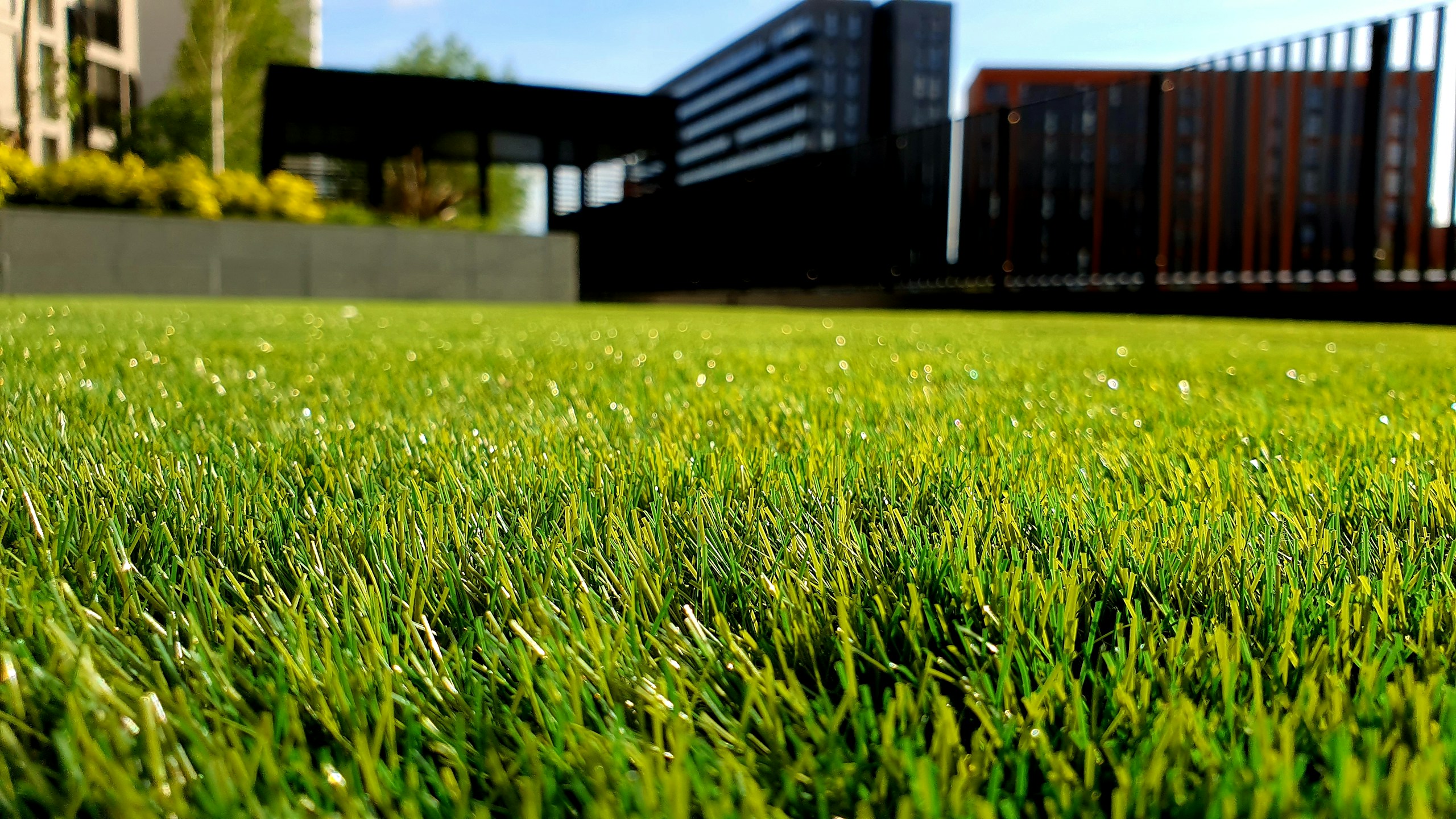Our guide says that the garden will not only grow but also look beautiful.
Let’s learn how to be good overseers together, shall we? More importantly, how do you make good use of one? Don’t worry-we’re about to get into the specifics of how to overseed correctly.
A lot of people want their grass to look like green carpets, and using a lawn overseeder is the best way to make that happen. But what does a lawn overseeder do?
Prepping the Area
Before you use an overseeder, you should cut the grass shorter than usual and get rid of any thatch or old grass. So the grass seed can get in touch with the soil and germinate, this is something that must be done.
Calibration
Choose the right type of seed, the right amount, and the right depth for the lawn. This may depend on things like the climate, the soil, and the type of grass that is wanted. For help with setting up the calibration, look at the overseer’s manual.
Seeding Process
Overseeding is a very careful but very effective way to make sure that seeds have the best contact with the soil so that they can germinate more quickly. So that you can understand the process better, let’s break it down into a few main steps:
Adjusting the Depth of the Blades
The blades of the overseeder, which are also known as slicers, cut grooves in the ground at a depth that can be changed. Choose the depth based on the type of grass seed and the state of the soil. Most of the time, grooves should be 1/4 to 1/2 inch deep so that seeds can touch the soil well without being buried too deeply.
Blade Spacing
Blade spacing is crucial to consider. Wider spacing means fewer grooves per square foot, ideal for low overseeding needs. On the other hand, narrower spacing creates more grooves, perfect for heavily damaged or sparse lawns requiring extensive overseeding. Overseeders typically allow adjustable blade spacing to suit each lawn’s requirements.
Seed Distribution
The overseeder carefully places seeds in the soil grooves by using delivery tubes that are placed above the blades. This increases the amount of seed-to-soil contact for the best germination.
Seed Rate
The overseer spreads seeds at a set rate, which is shown in pounds per 1,000 square feet. Depending on the type of grass seed and the density you want, the rate can be changed. The overseeder’s manual tells you how much seed to use for each type of grass and the condition of your lawn.
Selecting the Best Seed for Your Lawn
Not all grass seeds are the same, so select a type that matches your existing lawn and climate. Consider factors like sun exposure, foot traffic, and lawn maintenance when choosing your seed. Consulting with an expert like Dempster Brothers Lawn Care ensures that you get a blend that’s well-suited for your lawn’s unique needs.
Achieving Your Dream Lawn with the Right Lawn Overseeder Strategy
A lawn overseeder can be your best ally in cultivating a lush, healthy yard. This lawn care equipment reinvigorates your terrain, ensuring growth from within.
With the right grass seeding approach, every seed counts towards fuller coverage. Timely care post-overseeding is crucial for optimal results.
A lawn overseeder transforms patchy grass into dense beauty. Achieve a vigorous, envy-worthy lawn. Let the overseeder work its magic on your landscape.
Did you like this guide? Great! Please browse our website for more!


